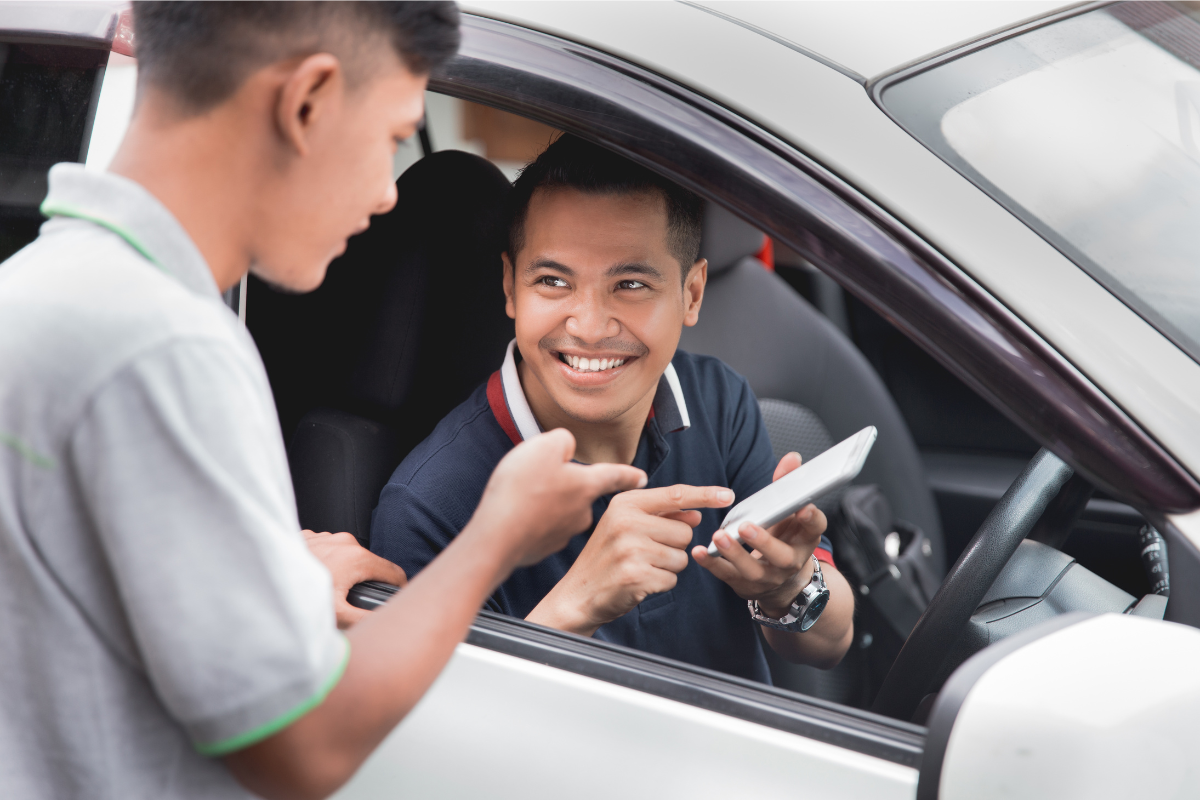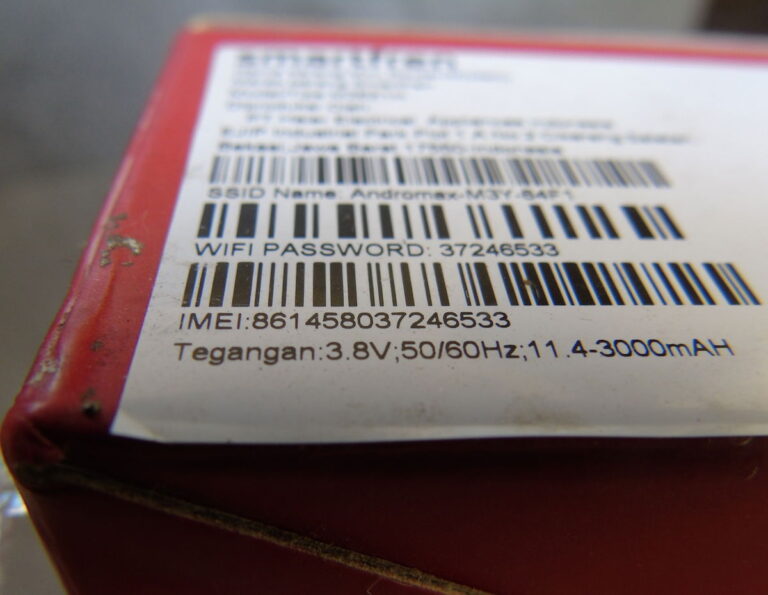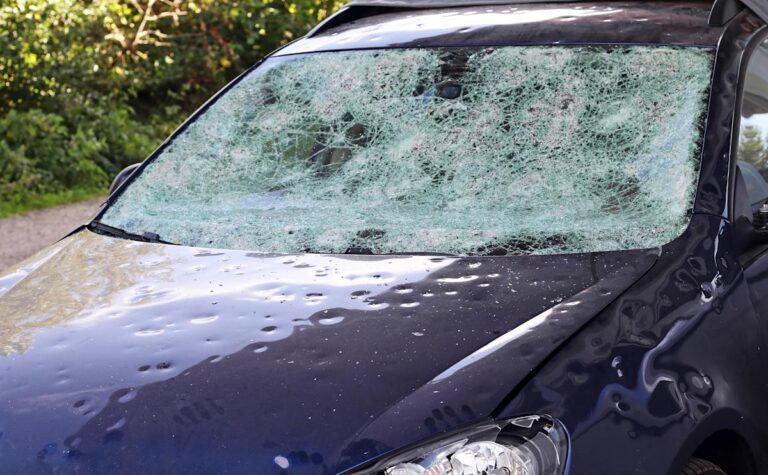
Uber riders in Europe can now unlock discounts by watching ads. Credit: Odua Images via Canva.com
Uber’s new ride offer feature is launching in Europe, giving you a fair price or discount in exchange for watching a targeted advertisement. Yes, your next Uber ride could come with a brand message embedded, but it will be free or discounted. Riders will save money, but they also risk turning their journeys into mobile billboards. Brands benefit from pinpoint targeting using Uber’s ‘Know Your Data’ capabilities, including routes, habits, and application behaviour.
Here’s what travellers across Europe need to know: where ride offers are live, Uber is launching in markets including the UK, Spain, and France as it scales globally. You will receive an in-app notification prompt where you can agree to view a short advertisement, accept it, and your ride discount will be applied. You would save a few euros, let Brands follow your journey and pitch my rights. The offers are processed through Uber’s ad system, so drivers don’t earn from them, raising questions about fairness, but for travelers already adapted with upsells from an extra leg room on flights to lounge passes at terminals now the right to your hotel could come with a message baked in and the discount included.
Ride offers, where its live and what it looks like
The new Ride offers programme is already active in parts of Europe, including the UK, France, and Spain, alongside Canada, the US, and Australia. This global rollout is a long-term play by Uber to turn your daily journey into monetised screen time.
So, when it pops up, the offer looks simple enough:
- It’s a splash screen in the Uber application that invites you to unlock a right discount by watching a short, branded video.
- The ads might be from a drinks company, clothing brand, or even a phone network.
- Once you accept it, your trip gets cheaper, sometimes fully covered.
According to Uber, these discounts are not just tied to watching an advertisement, but are targeted by destination, the time of day, and user behaviour. It’s all slightly packaged, but under the hood, it represents something much bigger: Uber is shifting towards the ad business with its ride-hailing wing, not the other way around.
The Uber ride story
Every Uber ride tells the story not just where you are but who you are. From the airport drop-off to takeaways, your destination reveals what you’re doing when and sometimes why. That’s what makes Uber a platform so attractive to marketers because it’s real-time behavioural data attached to physical movement.
- For passengers, it’s a cheaper ride in exchange for a few seconds of attention.
- It’s not only about watching; you can opt into a transaction where your attention and movement are monetised.
- Linking your rides to targeted advertisements will extend the value of every trip beyond the fare, creating a new Revenue stream without even raising prices.
- Especially in Europe, the value exchange is fair or lopsided; after all, you’re not just seeing an ad, you’re helping train the next version of Uber’s algorithmic targeting engine.
So, while Uber’s out-of-the-box strategy may face more hurdles in Europe due to the GDPR and the incoming EU AI Act, it can also become a more transparent and user-respecting vision of the model. This is a rare case where regulation can enhance, rather than stifle, innovation.
When a ride is not just a ride
Uber’s new ad campaign is tapping into something bigger than just a discount: the changing nature of value in the digital age. More and more are being offered free services and exchange for accessibility, but not for our wallets, instead for our attention, our habits and preferences.
To be fair, that is a lucrative deal for passengers. Why not let the brand chip in for your next trip across town? If it saves a few euros and keeps your rides affordable.
Just remember, in 2025, even the most ordinary moments, such as a trip to the public morning commute, are not part of the monetizable stream. The biggest change is that getting from A to B is no longer just about transport; it’s also about media.







